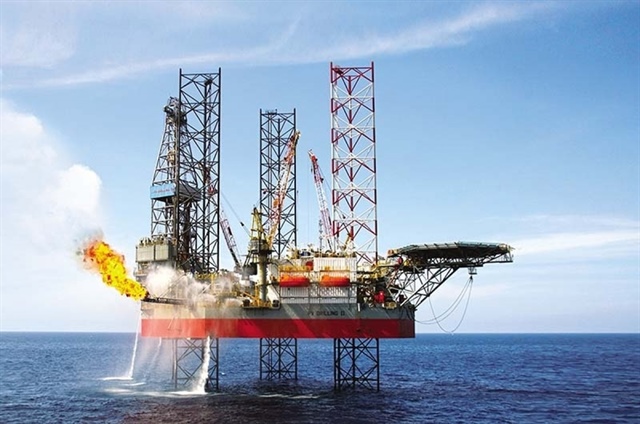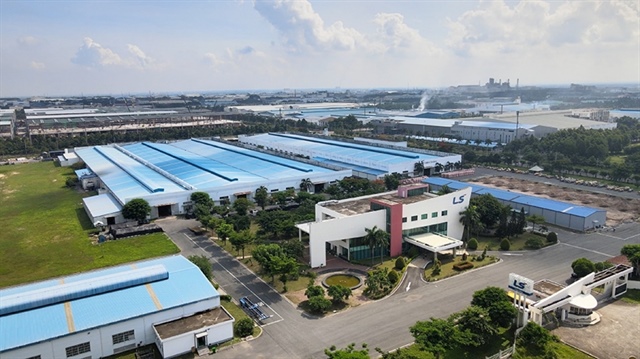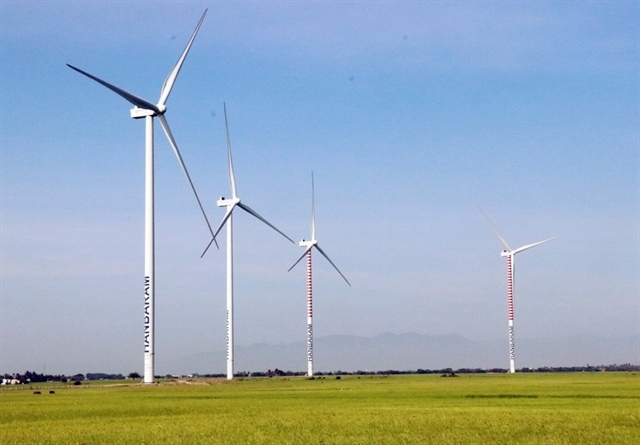Ministry establishes Port Authority
Ministry establishes Port Authority
The Ministry of Transport will initiate a project to establish a Port Authority in Viet Nam in an effort to put seaport development plans back on track and boost the logistics sector.

The project, which will initially apply on a trial basis in some of the major ports, will be submitted to the government for final approval, according to Deputy Transport Minister Nguyen Hong Truong.
Speaking at an industry conference held on Saturday, Truong said Viet Nam had failed to develop a competent seaport system despite applying "very early thinking" to establishing a synchronised cosmos.
He attributed the failure to provincial governments and State-owned companies being allowed to pursue expensive, misguided and often corrupt infrastructure projects that resulted in riches for the few, but not economic growth.
Truong said as the Ba Ria Vung Tau province expressed a desire to establish its own port authority , the ministry would soon collaborate with local authorities to establish the model.
The port authority would be operated as a State-owned organisation supported 100 per cent by the Government, similar to a scheme in Thailand, or partially supported by provincial authorities like in Holland.
The abandoned port in southern Viet Nam stands as a symbol of the inefficiency of the management and the need to reform a massive web of State-owned enterprises weighing down a once-booming economy.
"Most businesses in the 2006-2007 period were optimistically establishing many international container terminals in Viet Nam" said Ngo Minh Tuan, deputy director of Tan Cang – Sai Gon portal complex, one of the prominent seaports in the south.
Tuan said as a result, the capacity of ports in the HCM City area alone last year reached 12 million TEUS (twenty foot equivalent units).
However, the total flow of cargo to these ports was just 4.4 TEUS, or 30 per cent of the installed capacity, resulting in operating losses for ports owners.
Tuan said most container ports in the region now face critical financial problems with minimum losses of US$6-7 million, while some ports are losing between $20-30 million per year.
He added: "If the situation continues, the port joint ventures would be wholly swallowed by foreign partners and therefore the shipping sector would be controlled by foreign businesses."
Tuan warned that despite many ports suffering losses, a number of new port projects are still being implemented, such as ODA and Germalink, which will be in operation by the end of this year.
"It will further worsen the over supply problem," he said.
Viet Nam has a coastline of 3,200 kilometres and a prime location on the Bien Dong (East Sea), which includes some of the world's biggest shipping channels.
But its lack of connected infrastructure puts its ports at a competitive disadvantage compared with long-established global trade hubs such as Singapore, Shanghai and Hong Kong.
As a result, manufacturers here are often forced to first send containers to those larger ports from where they are then shipped to Europe and North America.
According to the Development Plan of Seaport toward 2020 with vision to 2030, Viet Nam will have 6 portal complexes of 39 seaports with 180 wharves.
Of the figure, three are high-quality terminals that welcome international shipping lines including Van Phong in the central province of Khanh Hoa, Hai Phong in the northern province of Hai Phong and the Cai Mep – Thi Vai in the southern province of Ba Ria – Vung Tau
vietnamnews






















